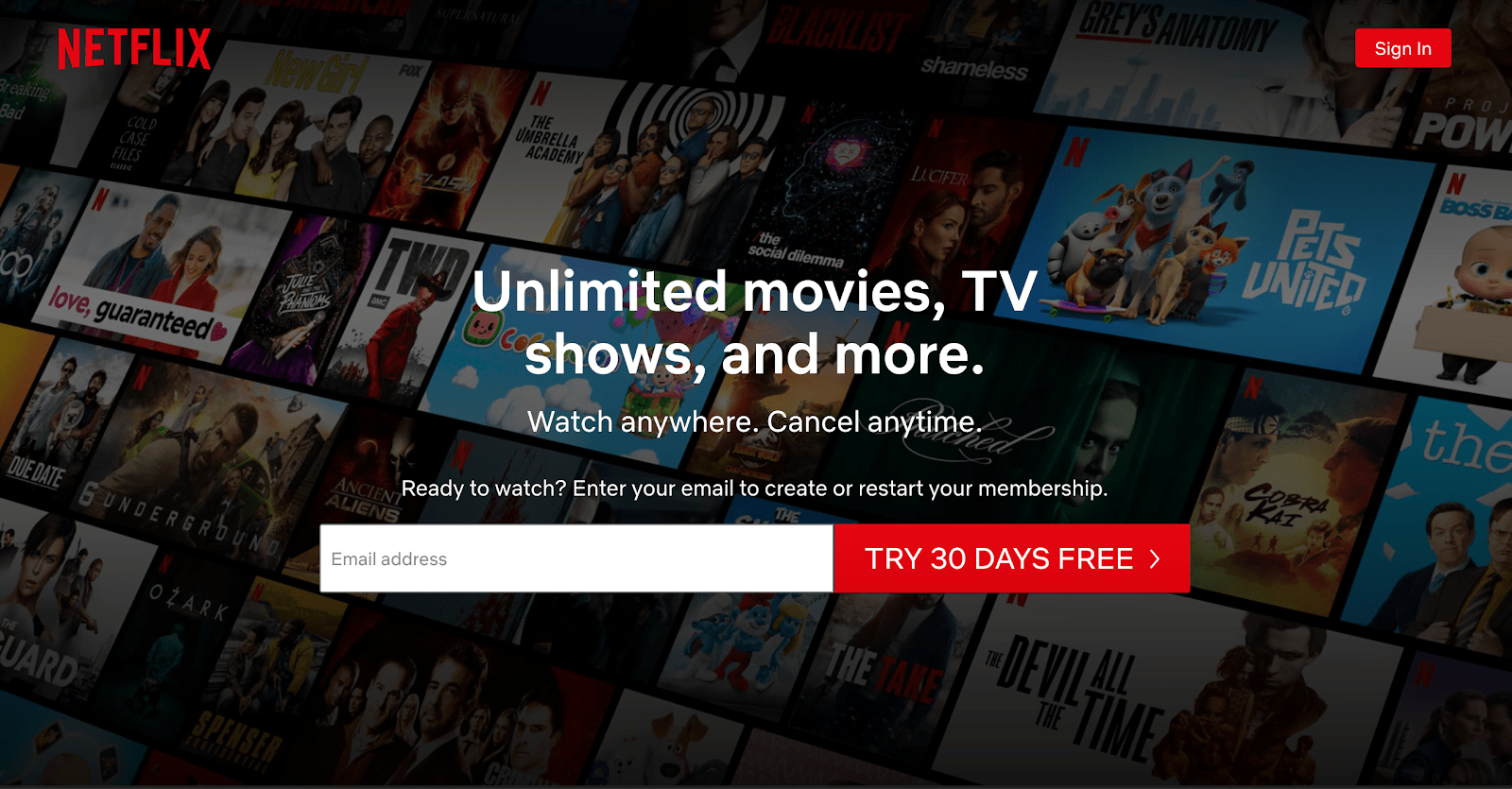To increase website conversions and fuel pipelines, marketing professionals are held to a high standard of hyper-targeted content to produce engagement. The process of identifying and nurturing qualified leads now begins online; today’s consumer completes his or her own research and analysis before even engaging with a seller or making a purchase. Your digital footprint is a key player in the buyer’s journey. It’s important to understand how CTAs (Call-To-Action) can impact qualified leads and website conversions.
Content and the Buyer’s Journey
A consumer’s final decision is often the culmination of various communication strategies and digital touchpoints. When we mirror our content to specific phases of the buyer’s journey, we can target our intended audience’s needs and pain points and position our service as their solution.
We can distill the buyer’s journey into three basic phases:
- Awareness: prospect identifies her opportunity or need and leverages marketing collateral to research and form their opinion.
- Consideration: prospect clearly defines her goals and uses high-touch or high-interaction resources to source solutions.
- Decision: prospect determines her final approach, weighing cost benefits and vendor comparisons while potentially also engaging with live demos or other educational content. Proceeds to a purchase point.
In each of these stages, we can create CTAs that promote the next logical step in the buyer journey. Developing this content under the umbrella of solving a need and encouraging a specific behavior will help us craft the right language for those CTAs.
The Power of CTAs
Once you engage a potential qualified lead through content, how do you direct them to take the next step? A good CTA appeals to your target audience at its core, inviting them to interact with your brand or complete a purchase. You’ve probably interacted with a few CTAs today alone, ranging anywhere from “read more” to “add to cart.”
While standard calls-to-action are still valuable, we can drill into our audience persona further (learn how to do that here) and create CTAs specifically designed to increase the likelihood of a website conversion.
For example, if you sell a project management software, replace “buy now” with “download our free software trial to improve your team’s collaboration.” Notice how the action is more specific but also easier for the user (download vs. buying). The CTA also includes a benefit to the user (improving your team’s collaboration). Lastly, it promotes a sales funnel lead-in (free trial), which is a lot easier than a hard sale.
Depending on your CTA’s context and placement, you can adjust your content to increase engagement and speak to a specific benefit.
Effective CTA Inspiration
To close, we’ve found three great CTA examples to help you start thinking about how your own content can improve your website’s engagement:
1. Benefits-Focused and Direct
Our first example comes from the mega-streaming platform, Netflix. Their home page contains straight-forward CTAs that immediately direct users to a free trial.

Combining a strong headline and bold CTA effectively addresses three main consumer fears: cost of service, locked-in contracts and device accessibility. This example showcases how more often than not, less is more, and driving consumer action can be accomplished through simple content.
2. Less is More
Our second example comes from Lifestraw, an organization dedicated to providing clean drinking water solutions for their consumers. In this instance, an informative headline is paired with a simple CTA to move an individual further into the buyer’s journey. A covert, or less aggressive, CTA still has power and you should never discredit their impact in driving conversions.

3. Variable CTAs
Finally, we have an example from our own 10x digital site. When a user clicks into the Marketing Strategy service page, they’re immediately presented with two separate CTAs. Each call to action is tailored to a different consumer, with one focused on contacting a consultant, while another hones in on producing ROI. In providing variable CTAs, marketing experts can create opportunities for engagement with a wider audience searching for different solutions—even if the ultimate destination is the same.


